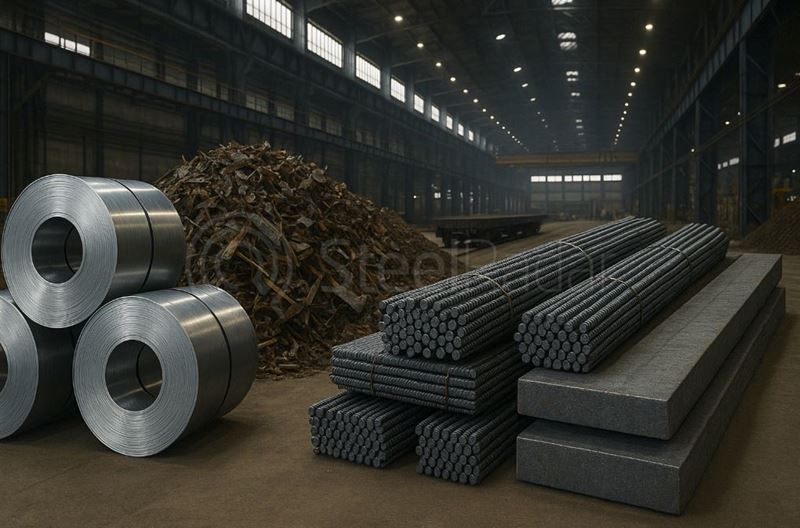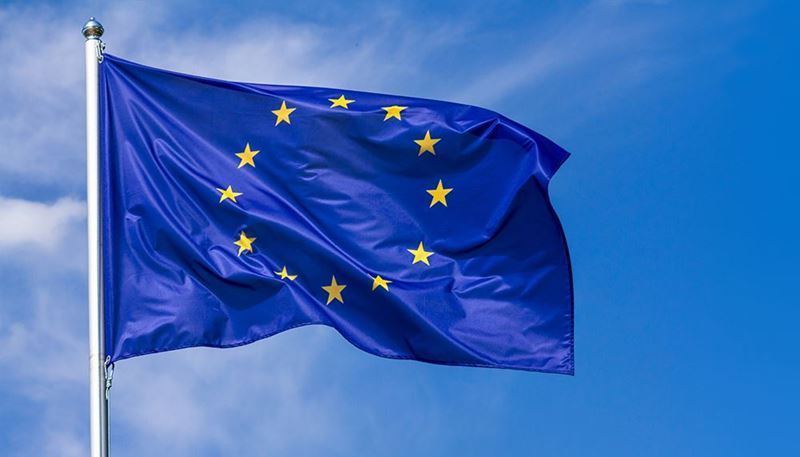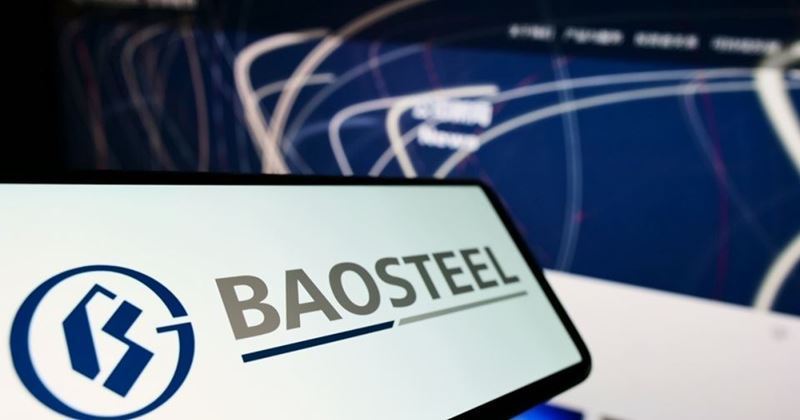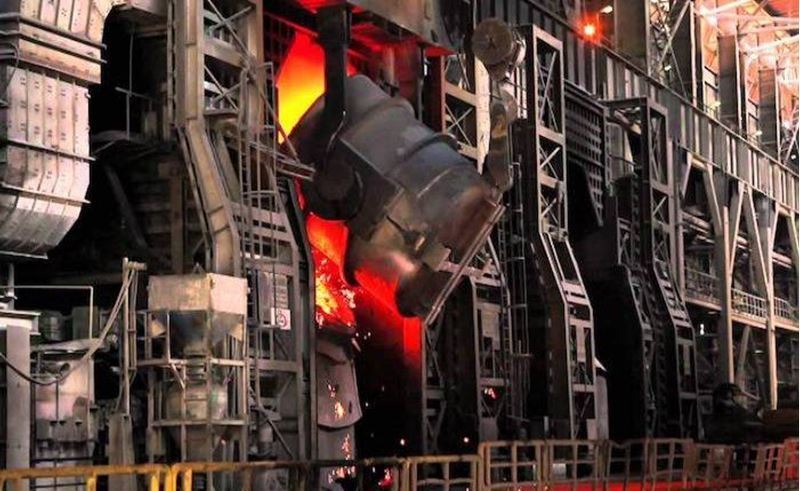At the BIR World Recycling Convention held in Bangkok, European Metals Recycling (GBR/DEU) General Manager Murat Bayram acknowledged that Europe’s steel industry needs support but emphasized that this should not come through customs duties. Responding to those who defend tariffs in the U.S., Bayram said:
“At the end of the day, we are on the same page, because we also want European steel producers to become stronger.”
Bayram stressed that the solution lies in cooperation, not protectionism:
“A new tax brings more bureaucracy, more barriers, and more complexity. What we actually want is more recycling. We should support the industry, but we can do it in a positive way.”
He pointed out that the main problem in Europe is not the supply of scrap but the economic structure:
“The issue isn’t the recycling sector—it’s the economy. If you visit our customers, you’ll see their order books are weak.”
Bayram suggested creating support mechanisms that would encourage steel production within Europe:
“For example, shared incentives like CO₂ certificates could be introduced for products processed and melted in Europe. That way, producers would be more inclined to sell to European plants.”
However, according to Bayram, the real problem for European steelmakers is not scrap supply but high energy costs.
Emmanuel Katrakis, President of the International Trade Council and Director of Public and Regulatory Affairs at Galloo (FRA/BEL), opposed calls to impose export taxes on European scrap steel, copper, and aluminum. He presented a graph showing that the consumption of recycled steel in Europe has dropped by about 10 million tonnes over the past decade.
Katrakis explained:
“As Europe consumes more steel, more scrap steel is generated locally. But when steel production decreases—meaning the use of recycled steel falls—increased exports offset that gap.”
He highlighted that Europe, with its ever-growing recycling output in line with GDP growth, remains one of the world’s leading exporters of scrap metal.
“Whenever scrap steel consumption rises slightly in Europe, exports decline. The market balances itself automatically—so there’s no need for restrictions,” he said.
Like Bayram, Katrakis also stressed that Europe’s biggest challenge lies in high energy prices, unlike in U.S. and Asian plants.
On the other hand, George Adams, CEO of SA Recycling (U.S.), strongly defended the U.S. tariffs on steel imports:
“I love tariffs,” he said. “These tariffs are what keep the U.S. steel industry alive. If our scrap is shipped to China or India, turned into steel there, and then sold back to the U.S. at a lower price, something is clearly wrong.”
Adams emphasized that the U.S. must maintain a strong domestic steel industry capable of producing its own steel:
“If we rely heavily on foreign production, our local industry becomes hollow—and that’s a major risk.”
He added from his own perspective:
“As an American recycler, I want more steel mills, because the more mills there are, the better the price I get for my scrap.”
Katrakis noted that while the U.S. applies tariffs to protect its steel producers from international competition, it does not restrict scrap exports. He then asked how the automotive industry copes with high-priced imported steel. Adams replied:
“Yes, we buy more expensive steel, and that raises product prices. But what matters is keeping the industry alive. If you look at steel mills, you’ll see massive investments being made. Now they can compete with anyone in the world—as long as the conditions are fair.”
Adam Shaffer, Vice President of International Trade and Global Affairs at ReMA (U.S.), said that the recycling sector had refuted calls to restrict aluminum and copper exports with data. He explained that a study launched in October 2024 and published in October 2025 showed that the U.S. market had sufficient supply of recycled aluminum and copper:
“The data confirmed everything we’ve been telling the government, manufacturers, and markets,” he said.
Mark Sellier, Managing Director of Tangent Trading (GBR), reminded attendees that the trend toward regionalization in global trade began long before the U.S. imposed tariffs:
“Many major Chinese producers moved to Thailand and other countries to hedge against regulations,” he noted.
Sellier added humorously that some U.S. scrap exports to Canada rose by 30% after tariffs, while Canada’s exports to China increased by a similar margin—eliciting laughter from the audience.
He emphasized that China’s global influence will not fade:
“China’s existing capacity is already vast and supports the export market. As it has done for thousands of years, China finds its own solutions internally. The economies surrounding it cannot survive without its investments,” he said.
Sellier concluded that in the future, regional trade models will emerge in the U.S., Europe, and Asia-Pacific, each supporting their domestic markets.









Comments
No comment yet.